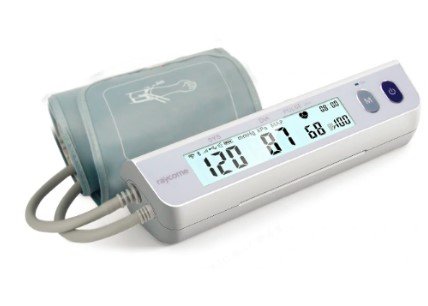Strategies to Minimize Overhead Costs on Quality Control and Audits in Medical Labs: Automation, Streamlining, and Staff Training
Summary
- Implementing automation and technology
- Streamlining processes
- Continuous staff training and development
Introduction
Medical laboratories play a crucial role in healthcare by providing accurate diagnostic information to help Healthcare Providers make informed decisions about patient care. Quality Control and audits are essential components of running a successful medical lab. However, overhead costs can have a significant impact on Quality Control and audits. In this article, we will explore strategies that can be implemented to minimize the impact of overhead costs on Quality Control and audits in a medical lab setting in the United States.
Implementing Automation and Technology
One effective strategy to minimize overhead costs and improve Quality Control in a medical lab is to implement automation and technology. By investing in automation systems and technology, labs can streamline processes, reduce human error, and improve efficiency. Automation can help labs increase productivity, decrease turnaround times, and ultimately reduce costs.
Benefits of Automation and Technology
- Increased accuracy and precision
- Improved efficiency and productivity
- Reduced turnaround times
Examples of Automation and Technology in Medical Labs
- Laboratory information management systems (LIMS)
- Automated specimen processing systems
- Robotic Sample Handling systems
Streamlining Processes
Another strategy to minimize the impact of overhead costs on Quality Control and audits is to streamline processes within the medical lab. By identifying and eliminating redundant or unnecessary steps in workflows, labs can improve efficiency and reduce costs. Streamlining processes can also help increase the accuracy and consistency of Test Results.
Steps to Streamline Processes
- Conduct a process audit to identify inefficiencies
- Standardize processes and protocols
- Implement lean management principles
Benefits of Streamlining Processes
- Cost reduction
- Improved turnaround times
- Enhanced Quality Control
Continuous Staff Training and Development
Investing in the training and development of staff is crucial for maintaining high-Quality Standards in a medical lab setting. Well-trained and knowledgeable staff are better equipped to perform their duties accurately and efficiently, leading to improved Quality Control and audit outcomes. Continuous staff training and development also help reduce errors and ensure compliance with regulatory requirements.
Importance of Staff Training and Development
- Enhanced technical skills
- Improved understanding of Quality Control processes
- Increased awareness of regulatory requirements
Training Methods
- On-the-job training
- Professional development courses
- Workshops and seminars
Conclusion
Quality Control and audits are essential components of running a successful medical lab. By implementing strategies such as automation and technology, streamlining processes, and investing in continuous staff training and development, labs can minimize the impact of overhead costs on Quality Control and audits. These strategies not only help reduce costs but also improve efficiency, accuracy, and overall quality in a medical lab setting in the United States.

Disclaimer: The content provided on this blog is for informational purposes only, reflecting the personal opinions and insights of the author(s) on the topics. The information provided should not be used for diagnosing or treating a health problem or disease, and those seeking personal medical advice should consult with a licensed physician. Always seek the advice of your doctor or other qualified health provider regarding a medical condition. Never disregard professional medical advice or delay in seeking it because of something you have read on this website. If you think you may have a medical emergency, call 911 or go to the nearest emergency room immediately. No physician-patient relationship is created by this web site or its use. No contributors to this web site make any representations, express or implied, with respect to the information provided herein or to its use. While we strive to share accurate and up-to-date information, we cannot guarantee the completeness, reliability, or accuracy of the content. The blog may also include links to external websites and resources for the convenience of our readers. Please note that linking to other sites does not imply endorsement of their content, practices, or services by us. Readers should use their discretion and judgment while exploring any external links and resources mentioned on this blog.
